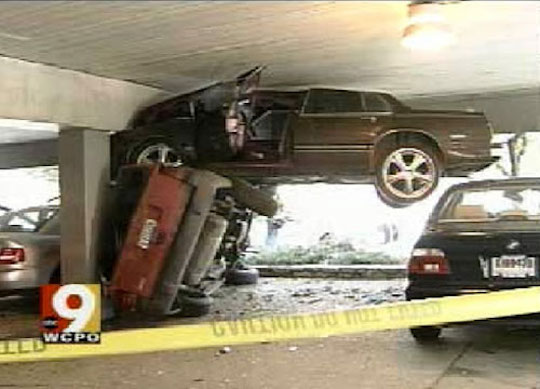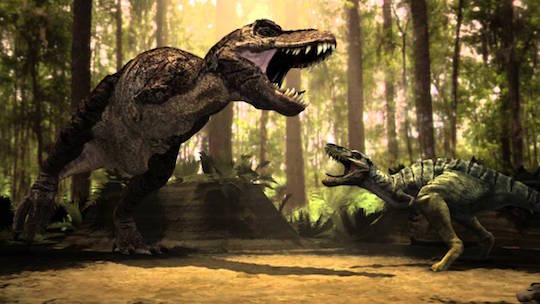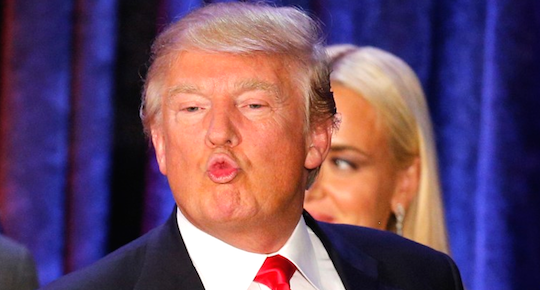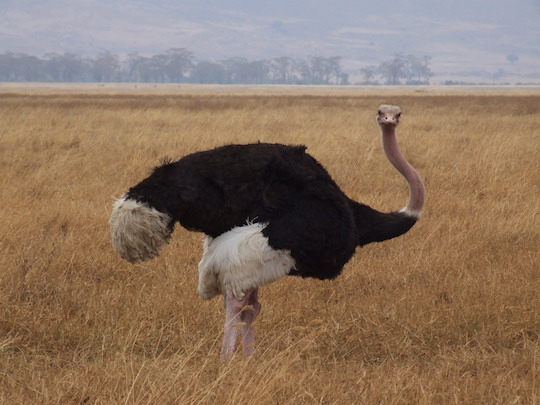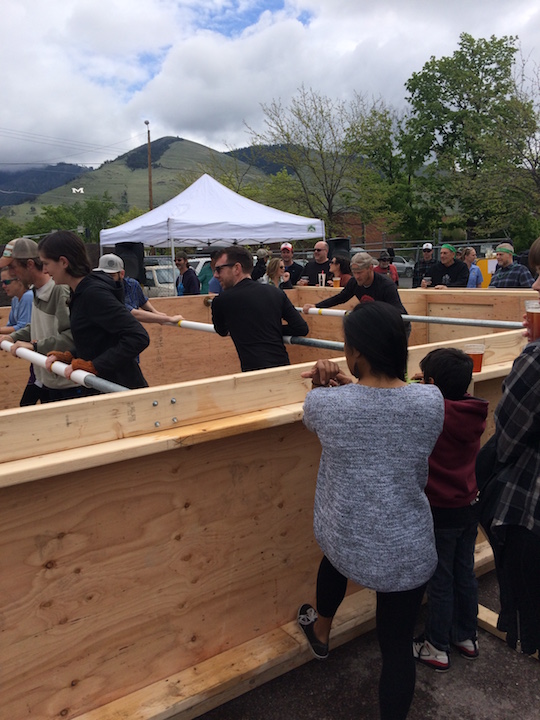You wouldn’t believe how much work I did this week. I’m like that song where the lady says “work” over and over, except instead of being in the club and the waiting room at the tire store and my neighbor’s yard, I’m at home, doing work. Last night, though, I slipped away from my desk to do stand-up comedy at the Union club. There someone claimed that a study found the drivers of Missoula, Montana to be the worst in America. “Aha!” I said, suddenly feeling less crazy. I had assumed that I convinced myself Missoula drivers were unsusually bad through cognitive errors and my own unpleasant character. Here was the possibility of concrete evidence. It turns out that Montana, not Missoula, has the worst drivers in America, according to what was surely a rigorous study conducted by a car insurance company. But Montanans agree that Missoula drivers are the worst in the state—as a corollary to their axiom that Missoula is the worst generally—so it follows. It’s been a great week for vindication.
Will Missoula spend $6 million and get no water company?
Back in September of 2014, the City of Missoula announced, with some embarrassment, that it had spent all the money it expected to spend on the legal effort to purchase Mountain Water before trial began. That initial estimate was $400,000. Today, the legal bill approaches $6 million, and we don’t own the water company yet.
The city’s gross underestimate of the cost of condemnation is not the only place where it seems to have failed at due diligence. At a meeting of the City Club in January last year, no one involved in the purchasing process could say what a good price for Mountain Water would be. The Carlyle Group rejected the city’s original offer of $55 million. Everyone seemed to agree that their $115 million counteroffer was too much. But nobody could say at what price buying Mountain Water would save ratepayers money over the life of a 20-year bond. Although they were preparing to make the largest single purchase in Missoula history, no one in city government had run the numbers.
The justification at the time—or maybe the excuse—was that we would have the water company forever, and pretty much any cost was worth it because the community would benefit from owning its own water system. There’s a convincing philosophical argument there, if not a financial one. But Montana Supreme Court Justice Beth Baker suggested last week that she rejects the philosophical case for eminent domain, and that she views the city’s overall argument for the necessity of condemnation with skepticism.
“The fact that it’s more common in other cities doesn’t make it more necessary,” she told the city’s attorneys. For the first time in two years, the possibility that we shouldn’t buy Mountain Water was overshadowed by the possibility that we couldn’t.
And suddenly questions like how much we were spending on legal bills seemed more importantly. The court might well find in Missoula’s favor, in which case we’ll get Mountain Water for just shy of $90 million, plus our own $6 million and whatever the process cost Carlyle. But if the Supreme Court determines that Missoula cannot force the Carlyle Group to sell, we’ll be out $6 million-plus and have nothing to show for it.
I consider that outcome in this week’s column for the Missoula Independent. If the city indeed emerges from this process with no water company to show for it, issues like being off on the legal estimate by a factor of 15 or never actually calculating a fair price will look less like the cost of doing business and more like the cost of doing business poorly. But hopefully the case will go our way, and this time next year we’ll all be drinking city water. Inshallah.
Donald Trump embodies core conservative principle of winning
Back in 2010, newly-minted Senate Majority Leader Mitch McConnell told the Heritage Foundation, “Our top political priority over the next two years should be to deny President Obama a second term.” It was a blunt statement of Republican principle. Lower taxes and deregulation are well and good, but the central plank in the modern GOP platform is winning. Maybe it started when John McCain mortgaged his reputation for Sarah Palin. Maybe it began with the election of Barack Obama and the party’s redefinition of itself as his negative image. But it ends like this. Donald Trump will win the Republican nomination for president on the strength of saying whatever works. And between now and November, most of the people who called him an unqualified catastrophe—party leaders, conservative commentators, other Republican politicians—will get behind him.
I knew the Montana stare was a thing
I came to Montana from Iowa by way of New York City. Two of those places discourage staring. When I began to think that a larger-than-usual number of strangers in Montana’s restaurants, shops, and passing vehicles were staring at me, I came to the reasonable conclusion: I was insane. Because I am a crazy person, I think people are staring at me when all they want is to eat pancakes with their weird families. As a rule, when you move someplace and develop theories about what people are like there, you are wrong. But then I read this profile of Montana travel author Russell Rowland implying “the stare” is a thing:
Rowland said during one of his favorite interviews, Fallon County farmer Jerry Sikorski invited him to smell his soil. Others, mostly people in tiny eastern Montana towns, gave him “the stare.”
“Those who encounter ‘the stare’ should not panic,” Rowland wrote. “Although at first glance, the stare suggests that you might want to turn around and go back to your car, the explanation is pretty simple. The stare comes from seeing the same 25 or 30 people day after day for the past five or 10 years.”
That was my explanation, too: as population density goes down, the social acceptability of eyeballing me in the laundromat goes up. But this explanation boils down to “they’re staring because they’re rubes.” I don’t want to think that.
Report from human foosball
Human foosball is much like regular foosball. Rows of players try to kick a ball into a goal. They can only move side-to-side. It is played at a bar while drinking, so as it progresses it becomes both more competitive and more terrifyingly arbitrary. The best way to score is not the carefully considered shot but the element of surprise. The main difference—other than that human foosball is played on human scale—is that tabletop foosball players cannot reach one another, to prevent breakage. Human foosball does not incorporate that design.

